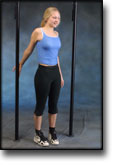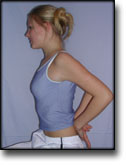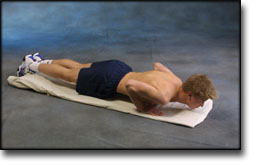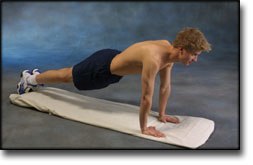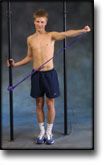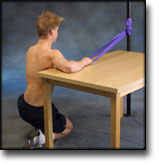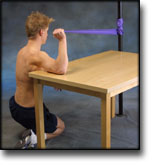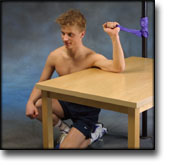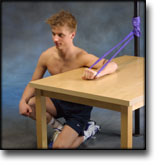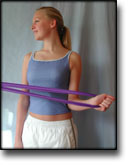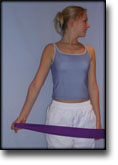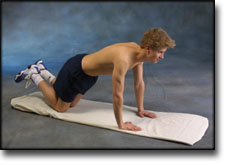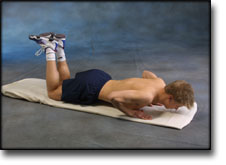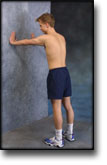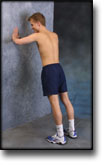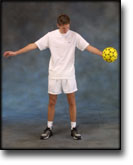|
Echo-guided percutaneous treatment of chronic calcific tendinitis of the shoulder.
Giacomoni P, Siliotto R. Radiol Med (Torino) 1999 Nov;98(5):386-90.
PURPOSE.
We report on our personal technique and the results of US-guided percutaneous treatment of chronic calcific tendinitis.
MATERIAL AND METHODS.
January 1997 to March 1999, seventy patients with known chronic calcific supraspinatus tendinitis were submitted to the US-guided treatment. All patients had undergone plain radiography, US, and physical and psychiatric examination. Plain radiography and aspiration biopsy demonstrated hard and radiopaque calcification in 59 patients and soft and faintly milky calcification in 11 cases; calcification diameter ranged 6-30 mm. US showed tendon thickening, with bulging of the outer tendon surface; 10 patients also had moderate dilatation of the subacromial bursa. Psychiatric examination revealed chronic pain exacerbated at night, which was always associated with motion impairment. The selection criteria for treatment were calcification diameter > 6 mm, integrity of the tendon, and chronic pain. After superficial planes were anesthetized, a 16 G needle was positioned inside the calcification under US guidance and the calcific deposits were fragmented and aspirated. Then, 0.5-1 mL triamcinolone acetonide (40 mg) was injected in the soft tissues or subacromial bursa.
RESULTS.
Pain resolution and recovery of the full range of motion were seen in 42 patients (60%), and mild functional impairment was seen in 7 cases (10%), while 2 patients (2%) were unchanged. Post-treatment plain radiography showed calcification disappearance in 41 patients (58.5%) and debulking in 29 (41.5%); the calcifications were significantly debulked (> 60%) in 27 patients (38.5%). However, calcification diameter was substantially unchanged in 2 patients (3%) and there remained tendon bulging; in these patients clinical symptoms did not improve. No rotator cuff tears or new tendon calcifications were found in any of our patients even at 19-28 months’ follow-up.
DISCUSSION.
The US-guided technique always allowed easy location of calcific deposits and complete aspiration of all soft calcifications. Splintering of hard calcifications helped migration of residual deposits to vascularized soft tissues, which accelerated the–frequently complete–resorption process. We privileged extensive and prolonged fragmentation of the calcifications using a single needle, versus the technique using a second needle, saline lavage and aspiration of residual deposits.
CONCLUSION.
US-guided percutaneous treatment with aspiration and splintering of chronic calcific supraspinatus tendinitis is a conservative, simple, well-tolerated procedure which can be considered the method of choice after the failure of medical treatment.
|





